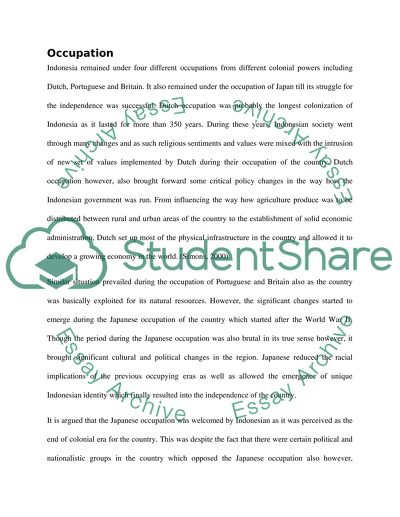Cite this document
(The Religion and Public Life in Indonesia Research Paper, n.d.)
The Religion and Public Life in Indonesia Research Paper. Retrieved from https://studentshare.org/religion-and-theology/1573815-the-connection-between-religion-and-contemporary-politics-both-public-and-private-in-indonesia
The Religion and Public Life in Indonesia Research Paper. Retrieved from https://studentshare.org/religion-and-theology/1573815-the-connection-between-religion-and-contemporary-politics-both-public-and-private-in-indonesia
(The Religion and Public Life in Indonesia Research Paper)
The Religion and Public Life in Indonesia Research Paper. https://studentshare.org/religion-and-theology/1573815-the-connection-between-religion-and-contemporary-politics-both-public-and-private-in-indonesia.
The Religion and Public Life in Indonesia Research Paper. https://studentshare.org/religion-and-theology/1573815-the-connection-between-religion-and-contemporary-politics-both-public-and-private-in-indonesia.
“The Religion and Public Life in Indonesia Research Paper”, n.d. https://studentshare.org/religion-and-theology/1573815-the-connection-between-religion-and-contemporary-politics-both-public-and-private-in-indonesia.


